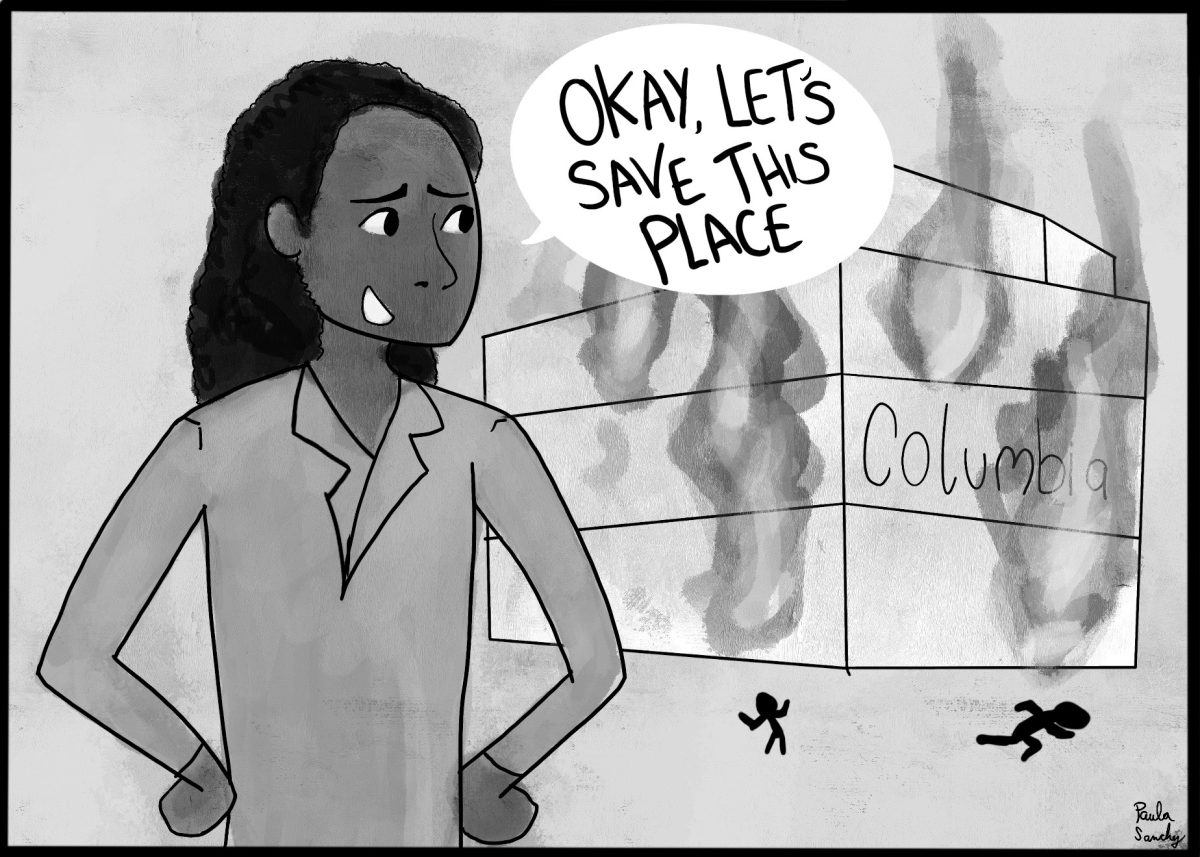The World Cup, otherwise known as the biggest sporting event on the planet, will be coming to the United States, Mexico and Canada in 2026. For the first time ever, the tournament is being hosted by three countries.
It was supposed to be a historic collaboration, but the three nations are caught in a heated trade war initiated by President Donald Trump.
Last month, Trump declared a 25% tax on imports from Canada and Mexico. He’s cited, without evidence, security and drug trafficking concerns as the reasons for the tariffs. Mexico and Canada in turn have retaliated with their own tariffs on U.S. goods. Trump has claimed that Canada “allowed fentanyl to come into our country at levels never seen before, killing hundreds of thousands of our citizens.”
Canada has disputed this.
On top of all of that, Trump decided that the Gulf of Mexico would be renamed the Gulf of America.
Mexican President Claudia Sheinbaum rightfully laughed off the remark. “For us and for the entire world it will continue to be called the Gulf of Mexico,” she said.
Days after Trump instituted the tariffs, FIFA President Gianni Infantino visited the White House to showcase another tournament trophy, the FIFA Club World Cup. At the press conference, Trump went on to announce the creation of a “task force” for the 2026 World Cup. The task force is said to be for planning and security for the event here on U.S. soil. When asked about the growing tensions between the three host nations, Trump responded saying, “I think it’s going to make it more exciting. Tension’s a good thing.”
Tension may be a good thing on the pitch, but it’s bad business for geopolitics.
The World Cup is more than just a soccer tournament, it is a celebration of culture and diversity all around the world and how one beautiful game can unite all of us. When FIFA decided to re-consider multi-nation hosting, many agreed that it was a ridiculous decision being primarily driven by greed, a word that is synonymous with FIFA. Only they could find a way to stretch a long standing tournament over three countries to maximize profits.
The first and last time a World Cup had joint hosts was in 2002, when Korea and Japan shared the honor of highlighting the world’s game. Even this decision back then was criticised and that went on to be one of the most controversial World Cups to date, with neither country having enough infrastructure — stadiums and capacity — to be sole hosts, despite both being in the bidding war for hosting privileges in 1996. The problem with infrastructure would be echoed later on in the most recent outing of the tournament, that being Qatar 2022, with that World Cup also being riddled with controversy.
Another reason for worry this time around is more related to player health and travel. Despite the tournament being held in three separate countries, FIFA is planning to have group stage games remain in certain regions for player travel to not be too strenuous. This has raised concern for player health, also considering that most games will be played in the 2 p.m. to 5 p.m. time slot in cities such as Monterrey, Houston and Arlington. Such cities face major heat stress during those times in the summer.
But this World Cup will be one of the largest not just in landmass, but in team participation as well. There have been plans to expand the tournament since 2013, but in 2026 those plans will officially come to fruition as there will be 48 teams taking part, a 16 team increase from previous tournaments. On top of that in previous years there were 64 games played throughout the entirety of the event, which has now been increased to 104 games in 16 cities. The host cities in the United States are Atlanta, Boston, Dallas, Houston, Kansas City, Los Angeles, Miami, New York/New Jersey, Philadelphia, Seattle and San Francisco. There are only five host cities between Canada and Mexico: Toronto, Vancouver, Guadalajara, Mexico City and Monterrey.
Now, the United States, Canada and Mexico are far more equipped to host large scale tournaments compared to Qatar. But the current political climate could not have been taken into account back in 2018 when FIFA voting concluded, with the joint bid between the three nations winning with a total of 134 votes.
If Trump’s current actions continue, and Canada and Mexico hands are forced, this could lead to an even larger trade war, making the event a living hell. The World Cup is already a massive economic upswing for any nation that has hosted in the past, with 2026 estimated to bring in $11 billion, $4 billion more than Qatar 2022. Come 2026, with potential new tariffs and economic policies put in place, it will impact infrastructure, tourism, sponsorships for the tournament and much more. If Trump manages to ruin the biggest party in the world, expect him to find a way to blame it on China, illegal immigrants, the woke mob — or maybe all three.
Copy edited by Trinity Balboa
Resumen en Español:
El Mundial 2026, organizado por EE.UU., México y Canadá, debía ser un símbolo de unidad, pero la guerra comercial de Trump amenaza con eclipsarlo. Sus aranceles del 25% a las importaciones canadienses y mexicanas, junto con comentarios incendiarios, han tensado las relaciones, mientras la FIFA minimiza la situación política.
Con un formato ampliado de 48 equipos y $11 mil millones en ingresos esperados, el torneo enfrenta riesgos logísticos y económicos. La inestabilidad política podría convertir este evento histórico en un caos. Si Trump lo arruina, seguramente encontrará a quién culpar.
Resumen en Español por Manuel Nocera
Resumen editado por Doreen Abril Albuerne Rodriguez









